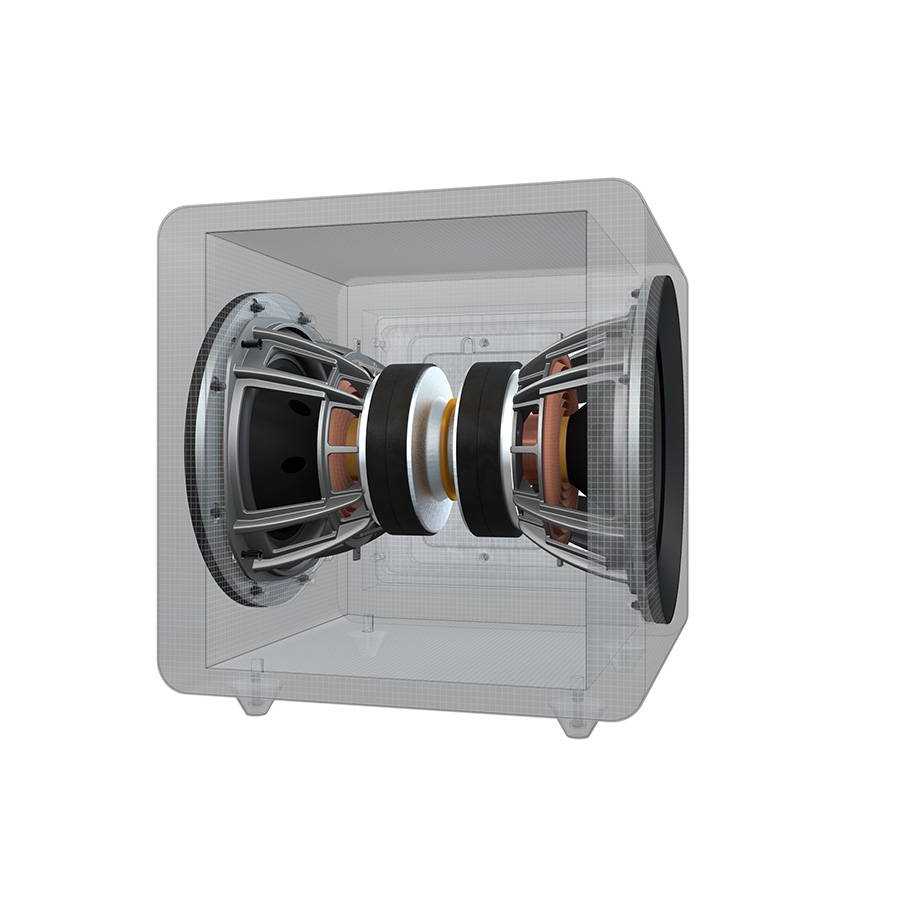I think the force cancelation you can except is basically the cosine of the angle between the drivers.I had one question that came to my mind.
Usually Dual-Opposed Subwoofers (DOS) are designed like this:
(view from the side)
View attachment 247496
Theoretically speaking, would this design also work fine?
View attachment 247497
I am asking as I am aiming for a slim design and the latter driver arrangement would allow that
I think it would work just fine but any comments would be welcome
Thank you
In the top pict and horizontal with an angle of 0 degrees, the cosine is 1.0 and there's 100% cancellation.
In the bottom pict, let's just call the angle 60 degrees upward. Which has a cosine of 0.5. I'd expect a maximum of 50% force cancellation.



